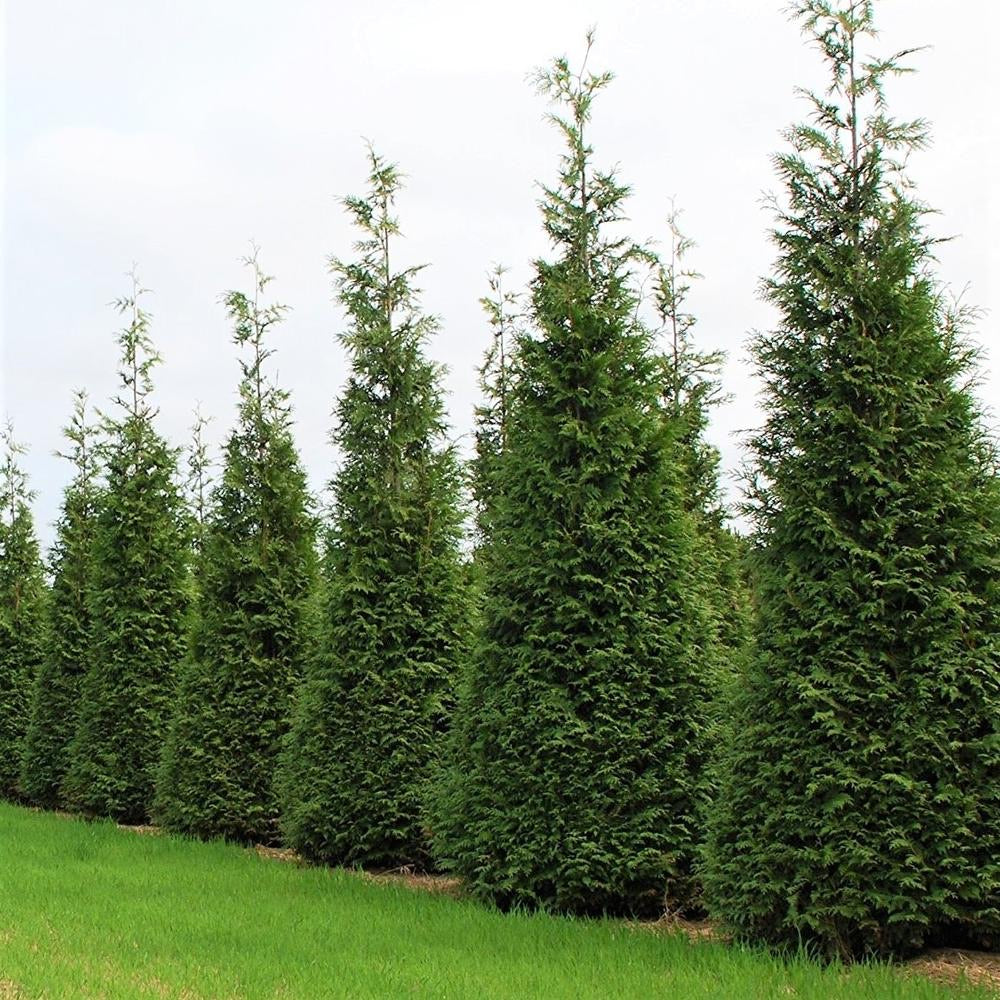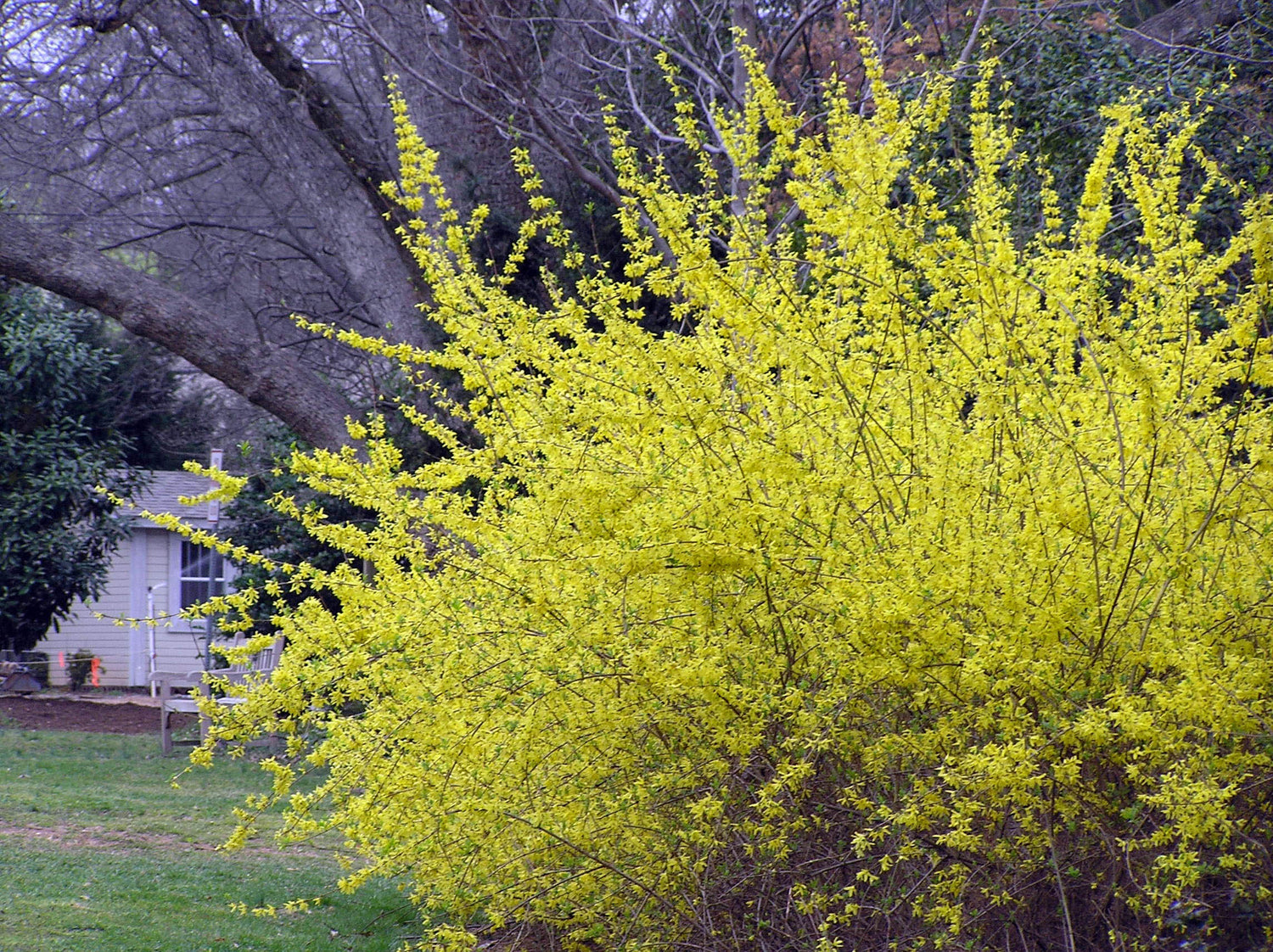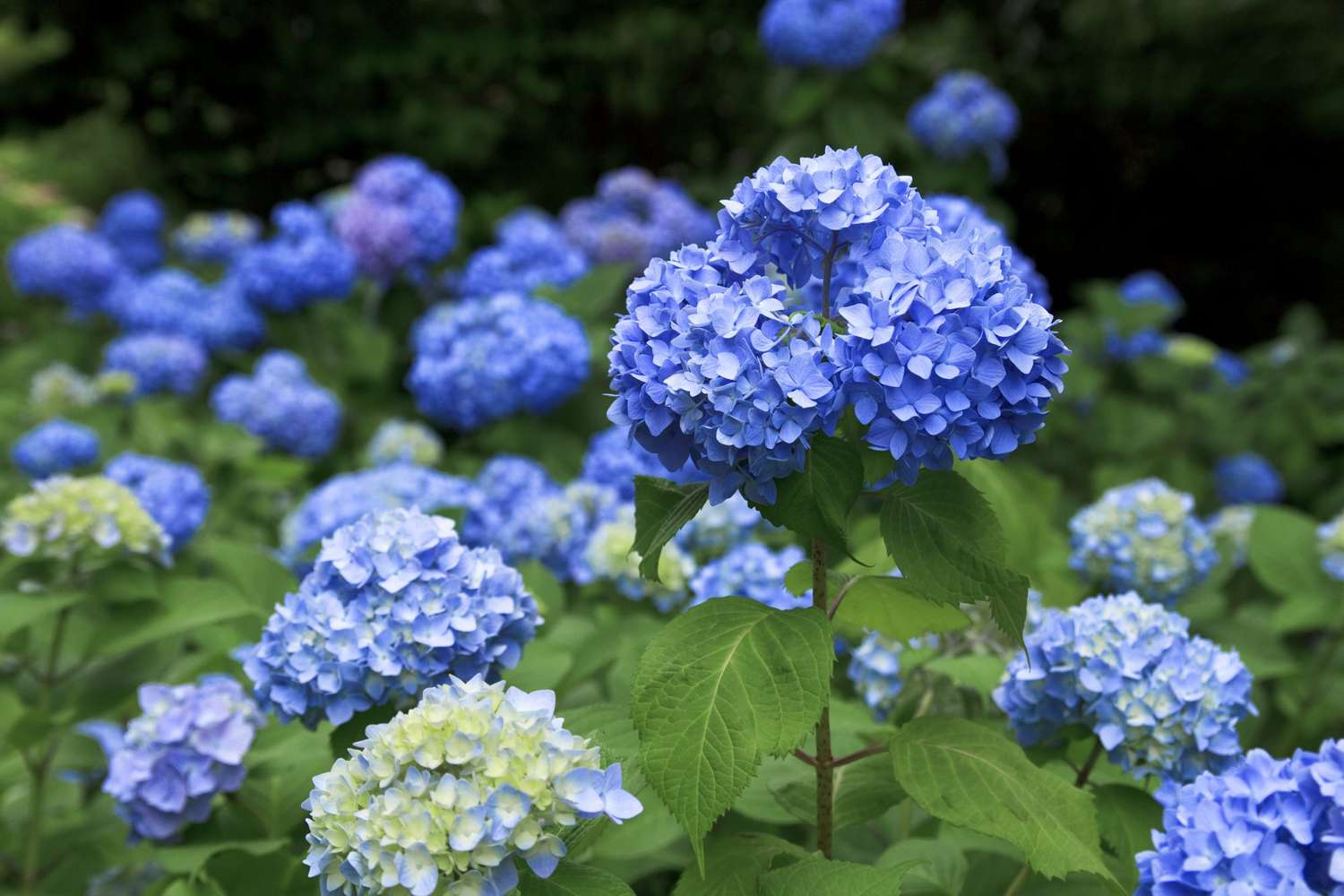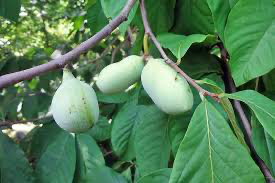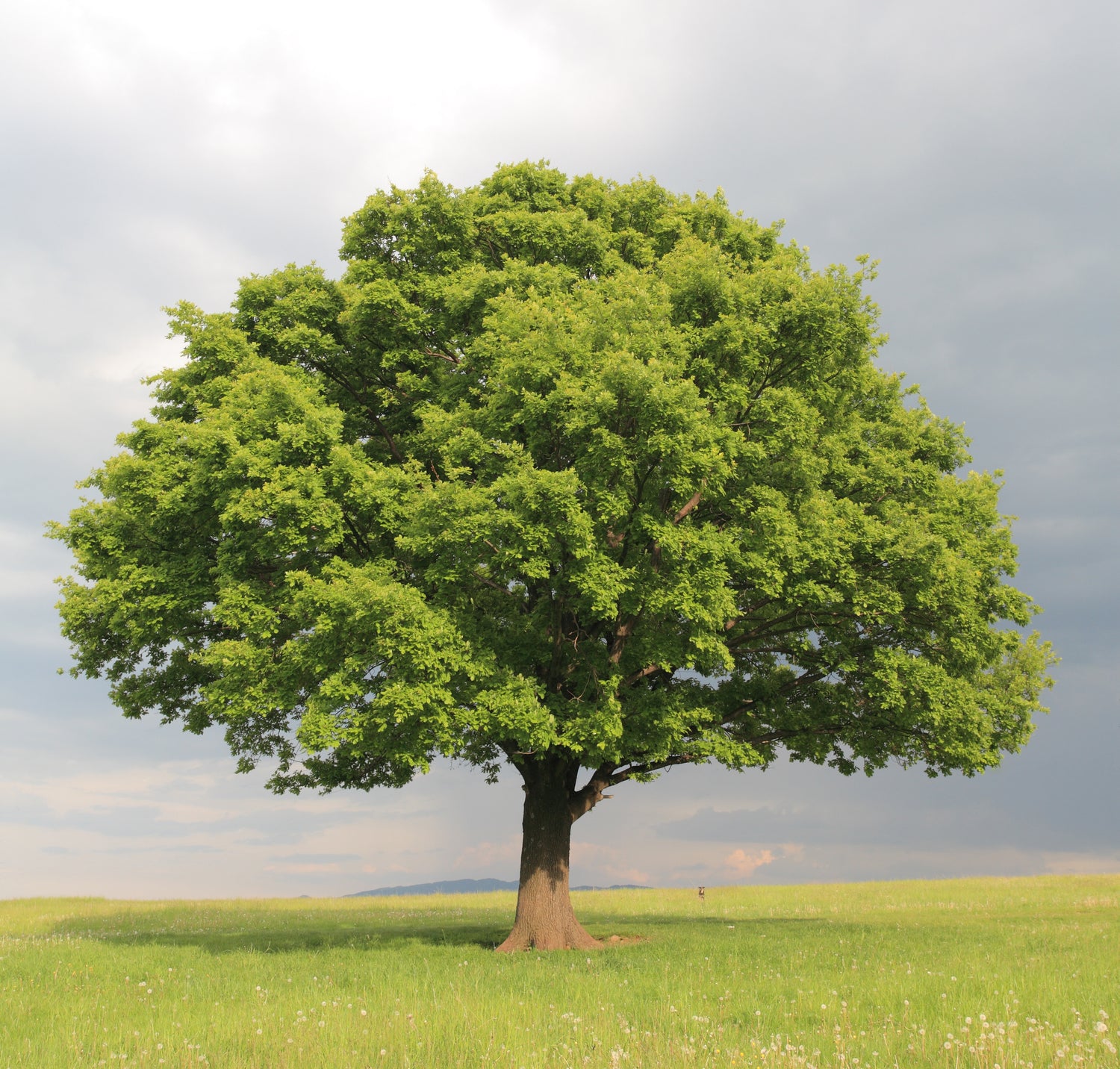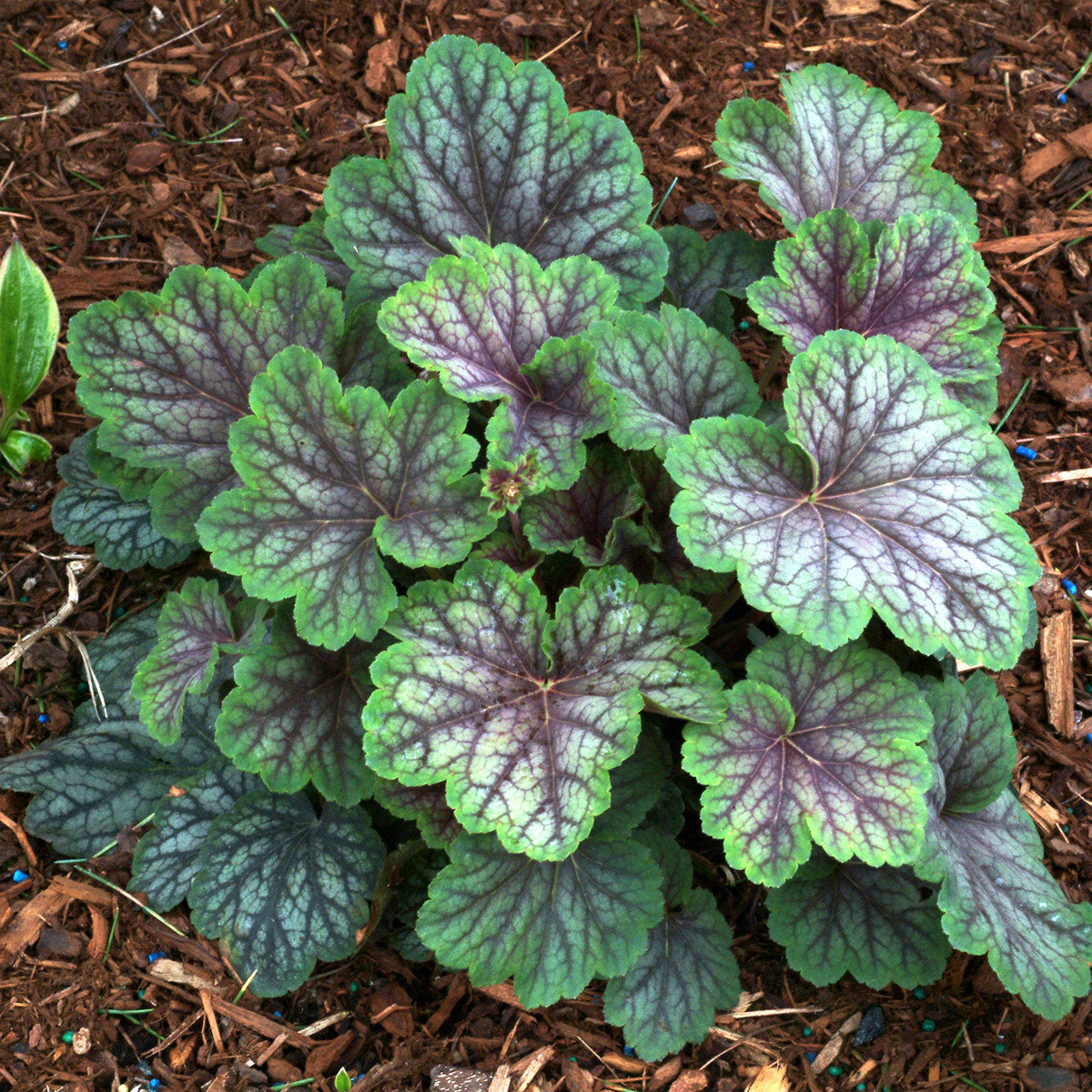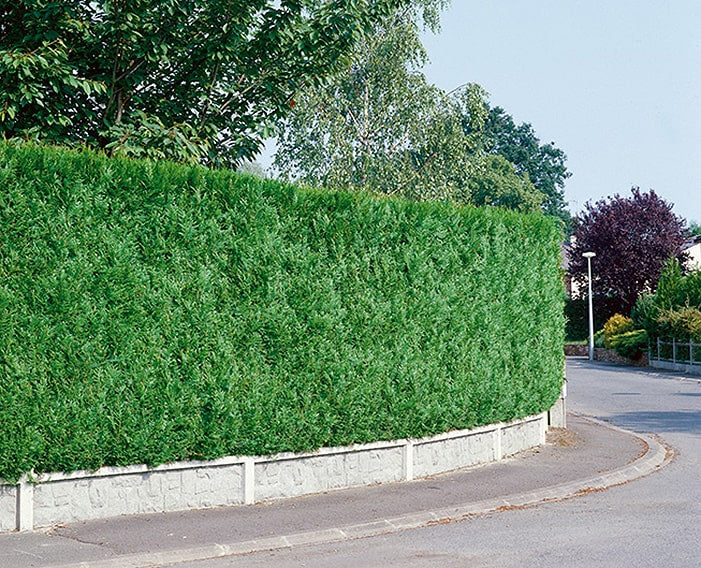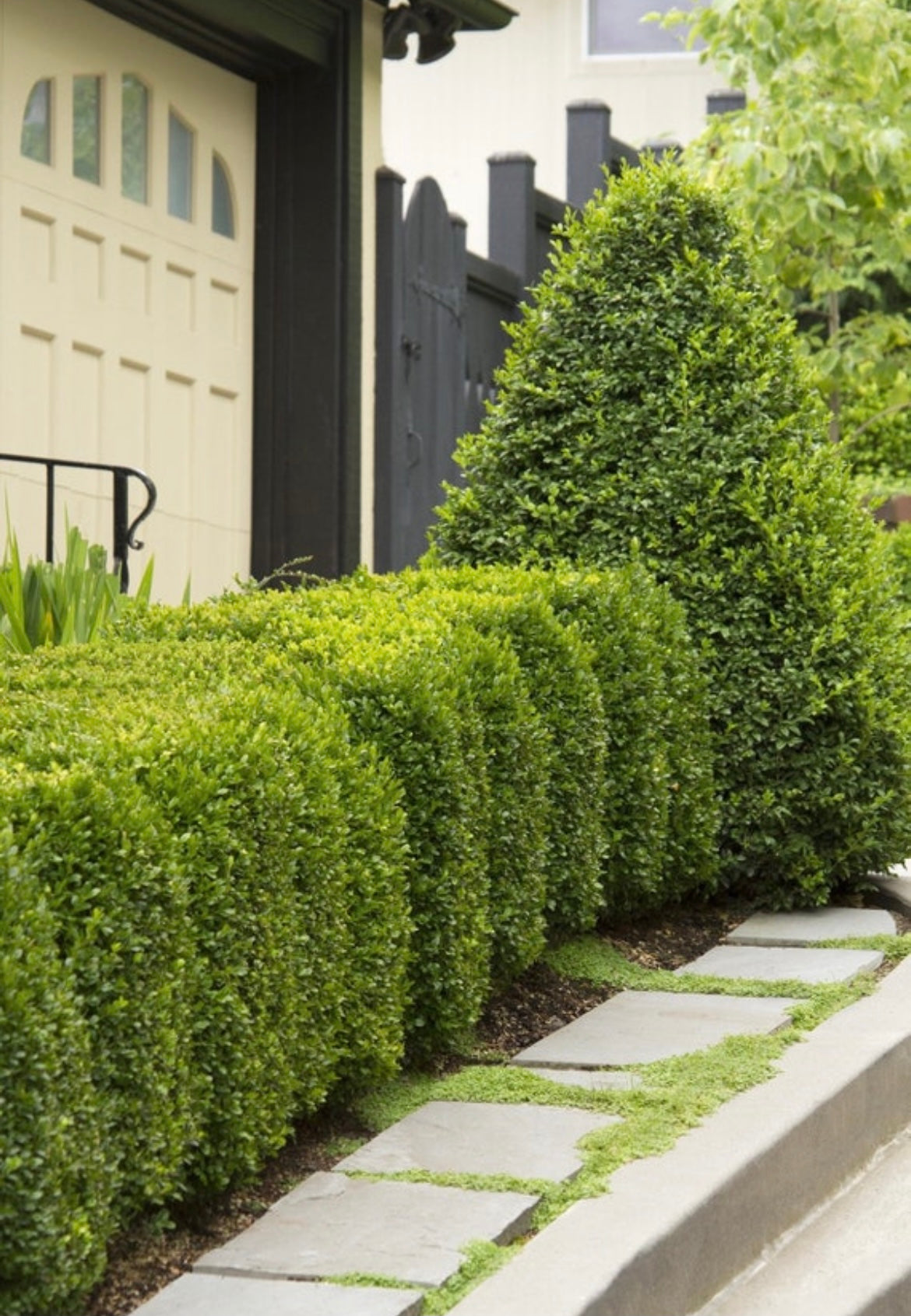
What Is a Black Gum Tree?
Let me tell you—if you're looking for a tough, native tree with serious fall color, the black gum tree (also called black tupelo, sourgum, or even beetlebung depending on who you ask) is one worth getting to know. Its botanical name is Nyssa sylvatica, and it’s native to much of the eastern and central U.S., making it a well-adapted and underappreciated gem for landscapes.
We grow these right here on our Missouri farm, and every time fall rolls around, they steal the show. But don’t let that flash of color fool you—black gum trees are strong, low-maintenance, and long-lived, often surviving well over 100 years. Whether you’re planting for shade, wildlife, or just want something that doesn’t demand constant care, this tree is a solid choice.
You can find our black gum tree for sale here—ready to ship to your door from our licensed family nursery.
How to Identify a Black Gum Tree
We get this question from customers more than you'd think. So what does a black gum tree actually look like? It starts with the shape—usually a strong central trunk with symmetrical, horizontal branching that gives it a clean, stately look, especially when it matures.
Its leaves are simple and oval-shaped with smooth edges. In spring and summer, they’re a glossy deep green. But the magic happens in fall when they shift to brilliant shades of scarlet, orange, purple, and even yellow—all on the same tree. It’s one of the best fall-color trees we grow, hands down.
You’ll also notice the bark: it becomes rough and deeply ridged with age, almost like alligator hide. That’s another solid identifier, especially in winter when the leaves are off.
Want to see what they really look like? We’ve included several black gum tree pictures on our product page to help you visualize what you’re planting, whether you’re adding a single tree to your yard or lining a long driveway.
The photo below is of a 2-3 year old black gum tree recently planted in the ground!

Are Black Gum and Tupelo the Same? What About Sweet Gum?
Yes—black gum and tupelo are the same tree. The terms are often used interchangeably across different parts of the country. Some folks even call it sourgum, while others might still know it as beetlebung (that one’s a little more old-school, but hey, it sticks). Officially, it’s Nyssa sylvatica, but around here, we just call it what it is—a tough, beautiful native tree.
Now, it’s easy to confuse black gum with sweet gum, especially if you’re just hearing the names. But they’re totally different trees. Sweet gum trees drop those hard, spiky seed balls all over the yard—something that turns a lot of folks off. Black gums? No spiky balls, no mess. Just clean, glossy leaves and a tidy habit. It’s one of the reasons we recommend black gum so often over sweet gum for yards.
If you’re shopping for a no-fuss native that brings serious color without the clean-up headache, our black gum tree for sale is a solid winner.
Benefits of Planting a Black Gum Tree
We grow a lot of trees on our nursery, but there’s something special about the black gum tree. It’s not just another pretty face in the fall—it’s tough, low-maintenance, and plays a big role in supporting native wildlife.
Here’s why we love planting them:
-
Incredible fall color – easily one of the best in the landscape
-
Wildlife friendly – bees love the tiny spring flowers, and birds flock to the small fruits
-
Native – it's a true American tree, well adapted to many zones
-
Long lifespan – some trees live over 100–150 years
-
Tolerates a variety of soils – even occasional wet feet
Looking to create a yard that supports birds, bees, and beauty? Check out more in our food trees collection, where the black gum fits in perfectly alongside pear, elderberry, and honeyberry plants.
Is Black Gum a Good Tree for My Yard?
If you're looking for something that checks the boxes for beauty, durability, and native value—yes, the black gum tree is a great fit for many yards. We've planted them in wide-open spaces, near wood lines, and even in larger suburban yards where homeowners want a standout shade tree that’s not overdone like maples or oaks.
They’re especially well-suited for folks who want low-maintenance landscaping with real seasonal interest. In spring, you get glossy green leaves. In fall, it explodes into some of the richest reds and purples you’ll ever see. Plus, it’s not a tree that constantly drops branches or causes mess—it grows clean and upright.
Just keep in mind—it’s not a small tree. If your space is limited and you're still looking for bold fall color, you might want to browse our shrubs and small tree collection for something a little more compact.
But if you’ve got the space? This is one of those trees you plant once and enjoy for generations. You can grab one from our black gum tree for sale page—shipped directly from our family nursery.
How Big Does a Black Gum Tree Get?
Black gum trees have a presence—but they’re not massive like a sycamore or cottonwood. On average, expect them to reach 30 to 50 feet tall and 20 to 30 feet wide at maturity. That makes them a perfect midsize shade tree, especially if you’ve got room for a centerpiece in the yard or a spot near the edge of a property line.
Growth-wise, they’re considered slow to moderate, which is actually a good thing—it means they’re dense, durable, and less likely to grow out of control. And once they’re established, they can live 100+ years with very little fuss.
We always tell customers: don’t rush your trees—plant smart, mulch well, and let them do what they were made to do. You can find more tips like this in our tree care blog to help your black gum tree settle in strong.
Do Black Gum Trees Drop Balls Like Sweet Gum?
Nope—and thank goodness for that! One of the biggest reasons people ask us about planting a black gum tree is because they want that same fall beauty that sweet gums offer without the mess. Sweet gum trees are infamous for dropping those hard, spiky seed balls all over your yard, which isn’t much fun to step on—or mow over.
The black gum, on the other hand, is clean. It does produce small bluish-black fruit, but they’re soft, don’t cause a mess, and are actually a favorite food source for birds like robins, thrushes, and woodpeckers. So if you’re looking for a tree with all the fall color and none of the “ouch,” the black gum is the way to go.
You can check out our black gum tree for sale to get started—these trees are ready to ship and plant.

What Are Black Gum Tree Leaves Like?
The leaves are one of the biggest showstoppers on the black gum tree. In spring and summer, they’re a deep, glossy green, shaped like an oval with smooth edges. They stay neat and tidy—not too big, not too small—and they resist pests and diseases better than a lot of other common landscape trees.
But fall is when this tree earns its reputation. The leaves turn brilliant shades of scarlet, orange, purple, and even yellow—all at the same time, often on the same branch. It’s a rainbow display, and no two trees look exactly alike. We’ve had customers say their black gum’s fall color rivals even the flashiest maples.
If you're planting for fall color, this one’s a must. And if you want to learn more about seasonal tree care, check out our full plant tips blog where we cover everything from leaf care to watering tricks that work.
Are Black Gum Tree Roots Invasive?
Not at all. One of the things we really like about the black gum tree is that it has a deep, non-invasive root system. That means it’s far less likely to buckle sidewalks, crowd out nearby plants, or cause problems around foundations—unlike some other trees that send roots racing across the topsoil.
This makes black gum a solid option for planting near patios, driveways, or open yard spaces without worrying about long-term root damage. Still, like any tree, it’s smart to give it some space to breathe—especially if you're pairing it with shrubs or perennials.
Want to get it off to a great start? Make sure to mulch properly around the base—not up against the trunk, but in a nice even ring to protect roots and retain moisture. You can read our full mulching guide here for tips we use on our own farm.
Black Gum Tree Lifespan and Long-Term Growth
The black gum tree isn’t just a seasonal flash in the pan—it’s a long-hauler. These trees are known to live 100 to 150 years, sometimes even longer in the right conditions. That makes it a great choice for folks who want to plant something that’ll last for generations.
It grows at a slow to moderate pace, so while it might not shoot up overnight like a willow or cottonwood, that slower growth helps it develop a strong, steady structure. And once it’s established? You’ll have a durable, low-maintenance tree that provides shade, beauty, and wildlife benefits for decades to come.
If you’re looking for a tree to plant now that your kids or grandkids will enjoy down the road, the black gum is one of the best. We’ve got it available to ship—just check out our black gum tree product page for full details, care info, and pictures of what it’ll look like in your landscape.








